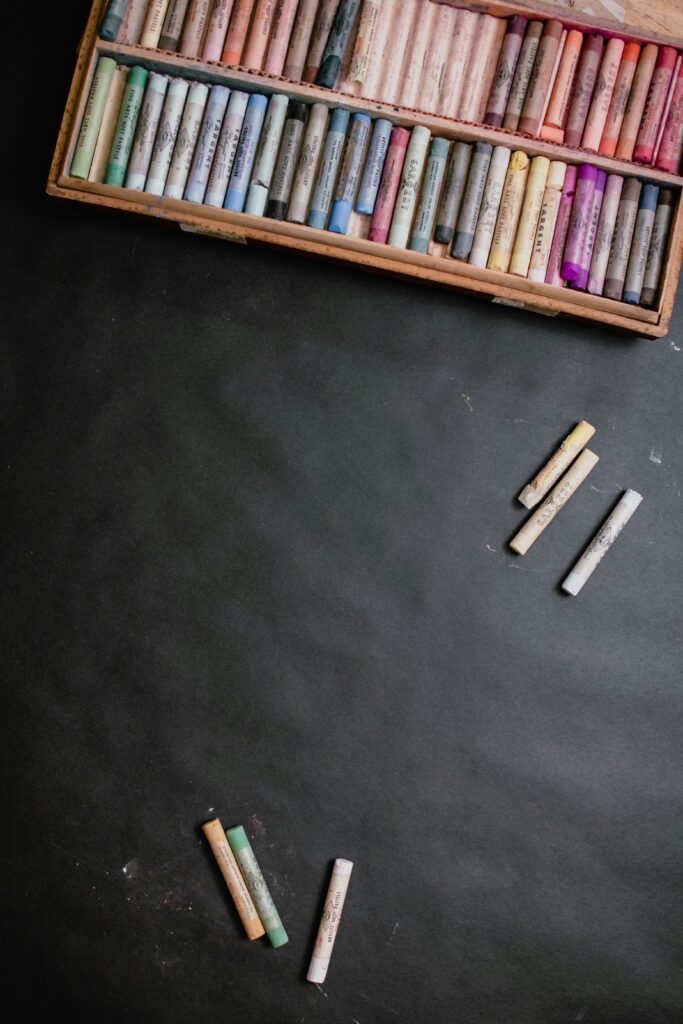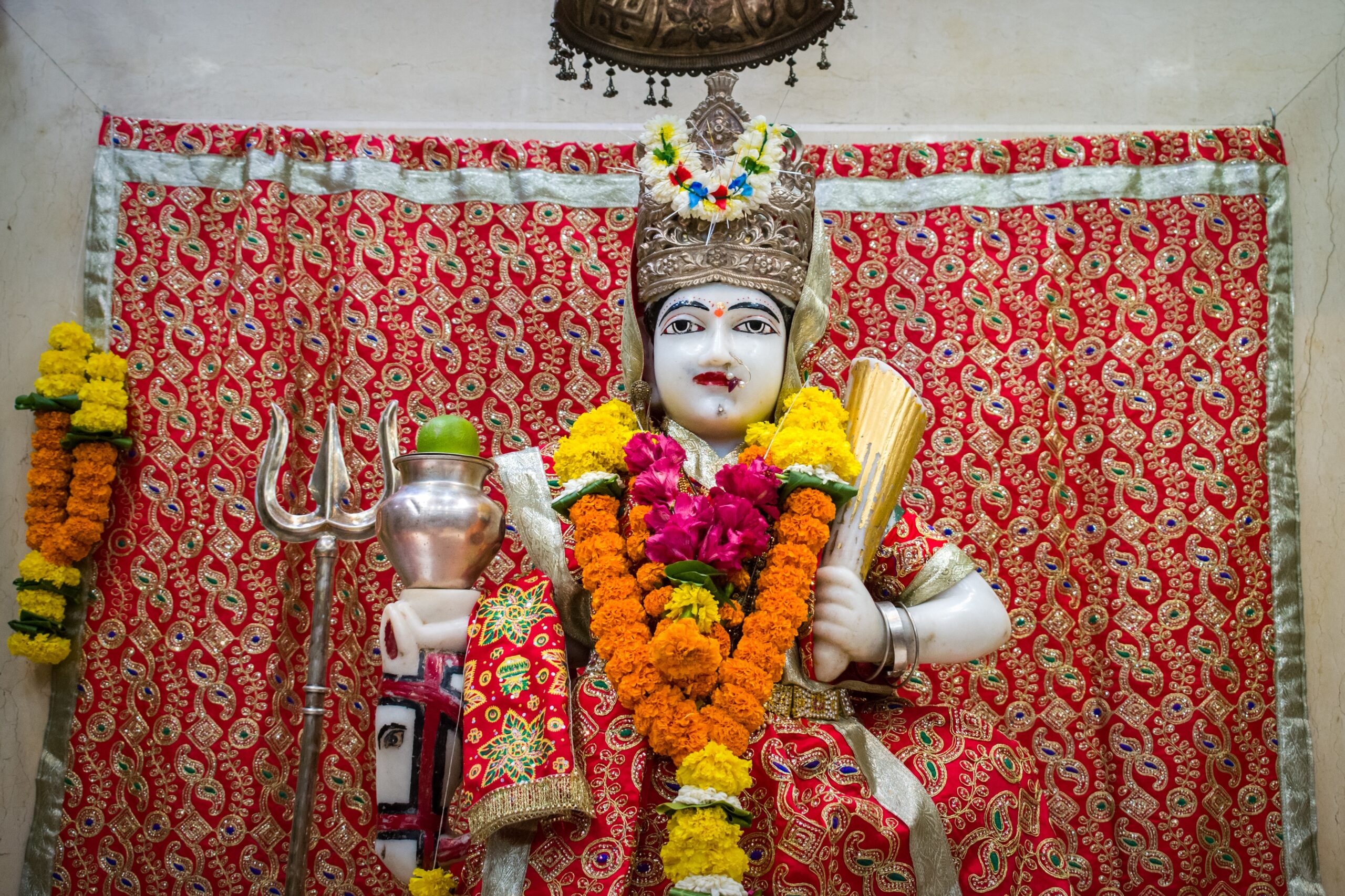“Challenging Traditions: Corrado Cagli’s Provocative Painting” delves into the extraordinary life and artistic legacy of Corrado Cagli, an artist whose provocative works pushed the boundaries of traditional subjects and defied categorization. From the 1920s to the 1970s, Cagli captivated audiences with his bold representation of young men in various stages of undress, challenging societal norms and conventions. In 1937, his painting displayed at the Comet Gallery in New York caused a stir, grabbing attention and igniting controversy. As a gay and Jewish artist, Cagli’s journey was fraught with adversity. Threatened by antisemitic laws in his native Italy, he sought refuge in America and became a U.S. citizen during World War II, even volunteering for the army. The upcoming exhibition at the Center for Italian Modern Art marks the return of Cagli’s iconic cardplayers painting to New York after more than eight decades, offering visitors a profound exploration of themes such as war, exile, and discrimination through the artist’s remarkable works. The exhibition also includes pieces by Cagli’s friend Saul Steinberg, as well as photographs showcasing his collaboration with the Ballet Society. In a life marked by political transformations and personal discoveries, Cagli’s art serves as a testament to his unwavering commitment to challenging societal norms and leaving a lasting impact on the art world.

Corrado Cagli’s Life and Artistic Career
Corrado Cagli, an artist from the 1920s to the 1970s, led an extraordinary life and left behind a remarkable artistic legacy. Born in Ancona, Italy, in 1910, Cagli grew up in a culturally rich environment that laid the foundation for his artistic pursuits. His early years and background played a crucial role in shaping his unique artistic vision.
Early Years and Background
Cagli’s early years were marked by a profound curiosity and passion for art. He received formal training at the Academy of Fine Arts in Perugia, where he honed his skills and began exploring different artistic techniques. During this time, Cagli’s talent started to shine, revealing his exceptional ability to defy categories and challenge conventional norms.
Defying Categories
Throughout his career, Cagli defied the limitations of categorization. He refused to be confined to labels such as “Italian artist” or “gay artist.” Instead, he embraced his multi-faceted identity and used it as a driving force in his artistic expression. His refusal to conform to societal expectations allowed him to push the boundaries of art and create works that were both thought-provoking and visually compelling.
Recognition in 1937
In 1937, Cagli gained widespread recognition when he exhibited a painting at the Comet Gallery in New York. This exhibition proved to be a turning point in his career, as it brought his work to a larger audience and established him as an influential artist. The painting, featuring young men in different stages of undress, challenged traditional subjects, provoking conversations around art, sexuality, and societal norms.
Challenging Traditional Subjects
Cagli’s artistic exploration did not stop at defiance and provocation. He delved deeper into his subjects, challenging traditional representations and narratives. One of his notable themes was the painting of young men. Through his art, Cagli sought to capture the raw beauty and vulnerability of youth, inviting viewers to question societal ideals of masculinity and beauty.
Exploring Different Stages of Undress
Furthermore, Cagli’s exploration of different stages of undress in his paintings pushed the boundaries of societal norms. By depicting his subjects in various states of nakedness, he defied the conventions of modesty and explored the complexities of human form and sensuality. Through his brushstrokes and use of color, Cagli brought a sense of intimacy and vulnerability to his work, challenging viewers to confront their own preconceptions.

Adversities and Exile
Cagli’s life was not without its share of hardships and challenges. As a gay Jewish artist living in Italy, he faced adversity on multiple fronts. The rise of antisemitic laws in Italy forced Cagli to seek refuge in New York, where he hoped to find safety and continue his artistic journey.
Antisemitic Laws and Seeking Refuge in New York
Facing increasing persecution due to his religion, Cagli made the difficult decision to leave his homeland and seek refuge in New York. Although this uprooting marked a new chapter in his life, it also presented opportunities for growth and artistic exploration in a new cultural landscape. Despite the adversities he faced, Cagli’s resilience and determination propelled him forward.
Return to New York in 2021
In a remarkable turn of events, Cagli’s painting of cardplayers has returned to New York for the first time since 1937. The Center for Italian Modern Art is hosting an exhibition that showcases Cagli’s artwork, shedding light on his experiences of war, exile, and discrimination. The exhibition serves as a testament to Cagli’s enduring impact on the art world and provides a platform for the exploration of his life and artistic journey.
Themes of War, Exile, and Discrimination in Exhibition
The exhibition at the Center for Italian Modern Art not only commemorates Cagli’s talent but also delves into the profound themes that shaped his artistic output. Through a diverse selection of artworks, the exhibition explores the impact of war, the experience of exile, and the enduring presence of discrimination. Cagli’s paintings serve as powerful windows into his personal experiences, inviting viewers to reflect on the universal aspects of these themes.
Mussolini’s Regime and Ostracization
Corrado Cagli’s journey through life was deeply intertwined with the political landscape of his time. Initially a supporter of Mussolini’s regime, Cagli experienced a significant shift in his relationship with the government, which ultimately led to his ostracization.
Original Support for Mussolini
In the early years of his career, Cagli found himself sympathizing with the ideals put forth by Mussolini’s fascist government. Like many artists and intellectuals of the time, he believed in the promise of a rejuvenated Italy and saw Mussolini as a figure of strong leadership. Cagli even received commissions from the government, adding to his growing reputation as an artist.
Ostracization due to Religion and Sexuality
However, as Mussolini’s regime became increasingly authoritarian and discriminatory, Cagli found himself marginalized due to his religion and sexuality. The regime’s policies targeted Jewish individuals and those deemed “morally corrupt,” which included homosexuals. Cagli’s personal circumstances forced him to confront the harsh reality of discrimination and prejudice, ultimately leading to his decision to leave Italy and seek refuge in another country.

Art and the U.S. Army
Cagli’s life took another unexpected turn when he became a U.S. citizen and enlisted in the U.S. Army during World War II. This period marked a unique intersection of his artistic pursuits and his commitment to serving his newly adopted country.
Citizenship and Service in World War II
In 1943, Cagli became a U.S. citizen, solidifying his commitment to his new home. Eager to contribute to the war effort, he enlisted in the U.S. Army, demonstrating his dedication to defending the principles of freedom and democracy. Cagli’s decision to serve highlighted his resilience and patriotism, as he continued his artistic journey even on the battleground.
Creating Art While in the Army
Despite the challenges of military life, Cagli persevered in his artistic practice. He continued to create art during his time in the Army, using whatever materials were available to him. His commitment to his craft, even in the midst of war, spoke to his unwavering devotion to artistic expression and the power it held to transcend adversity.
Murals at Military Training Camps
One notable contribution Cagli made during his service was the creation of murals at military training camps. These murals served as a source of inspiration, providing a glimpse of beauty and creativity in an otherwise harsh and challenging environment. Cagli’s murals brought a touch of humanity and aesthetic delight to the lives of the servicemen, reminding them of the power of art to uplift and inspire even in times of darkness.
Collaborations and Connections
Throughout his career, Cagli formed meaningful collaborations and connections with fellow artists and creatives. These relationships fostered a sense of community and provided platforms for artistic growth and exploration.
Saul Steinberg: Friend and Fellow Artist
One of Cagli’s notable collaborators was Saul Steinberg, a distinguished artist and illustrator. Cagli and Steinberg shared a bond of friendship and artistic camaraderie, supporting each other’s creative endeavors and challenging one another to push artistic boundaries. Their collaboration resulted in the creation of art that defied expectations and showcased the power of artistic partnerships.
Photographs of Collaboration with the Ballet Society
The exhibition at the Center for Italian Modern Art also sheds light on Cagli’s collaboration with the Ballet Society. Through a series of photographs, viewers are invited into the world of dance and artistic expression where Cagli found common ground with dancers and choreographers. These collaborations showcased his versatility as an artist and his ability to transcend medium and genre.
Political Shifts and Renouncing Citizenship
Cagli’s return to his native Italy marked yet another significant chapter in his life. Fueled by his experiences and personal convictions, he embraced political leftism and made the difficult decision to renounce his U.S. citizenship.
Return to Italy and Political Leftism
In 1948, Cagli returned to Italy and embarked on a new phase of his artistic journey. Motivated by a commitment to social justice and equality, he aligned himself with leftist political movements and used his art as a tool for activism. Through his artistic output, Cagli sought to challenge the status quo and bring attention to the struggles faced by marginalized communities.
Renunciation of U.S. Citizenship
Cagli’s political beliefs eventually led him to renounce his U.S. citizenship in 1951. This decision symbolized his unwavering dedication to his newfound principles and his desire to fully immerse himself in the political and social landscape of his home country. Renouncing his U.S. citizenship was a significant step for Cagli as it marked a complete break from the previous chapters of his life and symbolized his commitment to his chosen path.
Corrado Cagli’s life and artistic career were marked by resilience, creativity, and a relentless pursuit of artistic freedom. His ability to defy categories, challenge conventional norms, and navigate through adversities serves as an enduring inspiration to artists and individuals alike. Through his art, Cagli transcended the boundaries of time and societal expectations, leaving behind a truly remarkable legacy that continues to captivate and provoke to this day.

